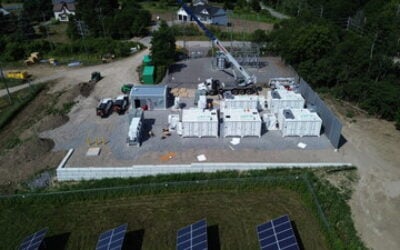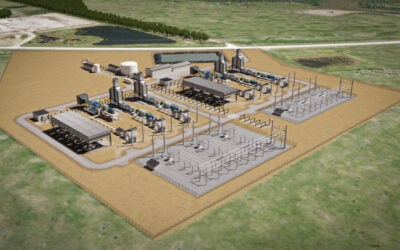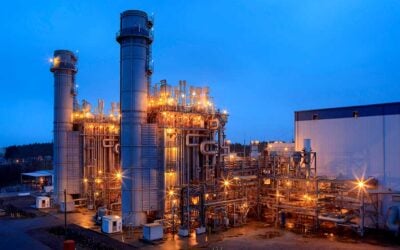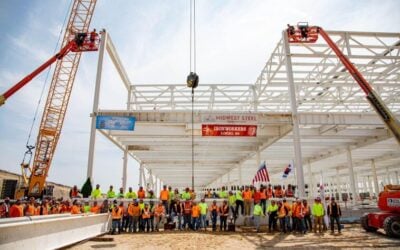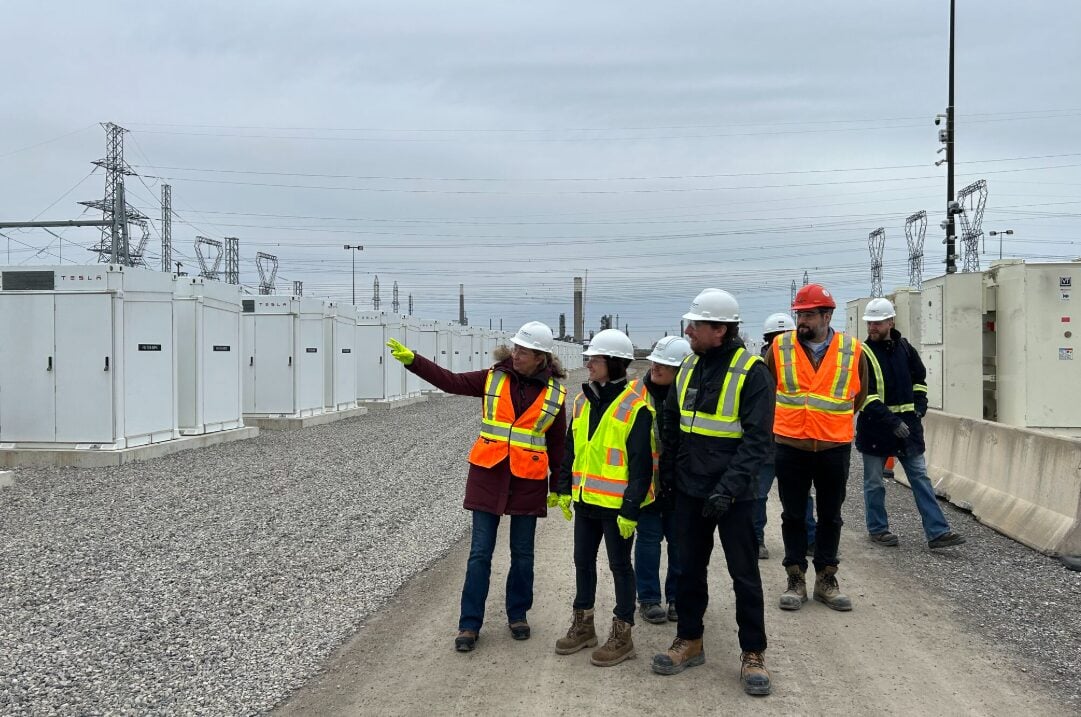
China continues to dominate BESS deployments globally with 4.3GW/11.2GWh of deployments in May, including a 1GWh flow battery system.
The figure accounts for a little over three-quarters of grid-scale global battery energy storage system (BESS) deployments that month, as per the latest figures from market intelligence firm Rho Motion’s Battery Energy Stationary Storage Monthly Database.
It is more than four times the amount that energy storage operators put into commercial operation in China the previous month (see our previous monthly roundup for April’s numbers here).
A total of 88 grid-scale projects entered operation around the world in May, totalling 5,580MW of power and 15,379MWh of energy storage capacity, 59% higher than in May 2024.
Try Premium for just $1
- Full premium access for the first month at only $1
- Converts to an annual rate after 30 days unless cancelled
- Cancel anytime during the trial period
Premium Benefits
- Expert industry analysis and interviews
- Digital access to PV Tech Power journal
- Exclusive event discounts
Or get the full Premium subscription right away
Or continue reading this article for free
Regional split
By energy storage capacity, 73% was in China, 17% was in North America, 6% in Europe, 3.4% in Oceania (primarily Australia), with the remainder elsewhere.
Europe deployed 339MW/885MWh while North America saw 673MW/2,692MWh come online.
A big chunk of Europe’s figure will be from a c.500MWh system commissioned by owner Advance Green Energy AD in Bulgaria, said to be the largest in Europe, while smaller projects came online in Denmark and Finland.
North America’s figure meanwhile is in large part comprised of of the Oneida BESS in Ontario, Canada, from Northland Power, and two from Leeward Renewable Energy (LRE) in California, at the start and end of the month.
No projects were recorded as having come online in South America, compared to May when Chile accounted for nearly a quarter of deployments.
China accounts for 62% of grid-scale deployments in the year-to-date (YTD), Rho Motion added.
Largest and noteworthy projects
The largest BESS project that entered commercial operations in May was the Chengde Longhuaxian Longhuazhen Yujigoucun Storage Project in Hebei, China, totalling 300MW/1,200MWh, and two 1GWh projects were the next largest.
One of those was the aforementioned Oneida BESS in Canada. The other was also in China and is noteworthy for not using lithium-ion batteries, the dominant battery chemistry used for large-scale BESS today.
The Changji Jimusaerxian Solar + Vanadium Flow Storage Project in the Xinjiang region of China pairs 1GW of solar and a 200MW/1GWh flow battery system from technology provider Rongke Power.
Rongke Power is the same company that has worked on what were previously the largest flow battery projects that Energy-Storage.news is aware of. They are a 175MW/700MWh project, also in Xinjiang, and a 100MW/400MWh system in Dalian.
Rho Motion noted that it is seeing multiple projects combining sodium-ion and lithium-ion LFP (lithium iron phosphate) batteries entering the pipeline and beginning construction, typically with a 10:90% split between the two. Energy-Storage.news reported on one such project which came online earlier this year, a 200MW/400MWh system with 20% sodium-ion, 80% lithium-ion batteries.
Overall global BESS project pipelines have also grown substantially, the market intelligence firm said, with 324.9GWh announced in the first five months of 2025, up 74% compared to the same period last year.

